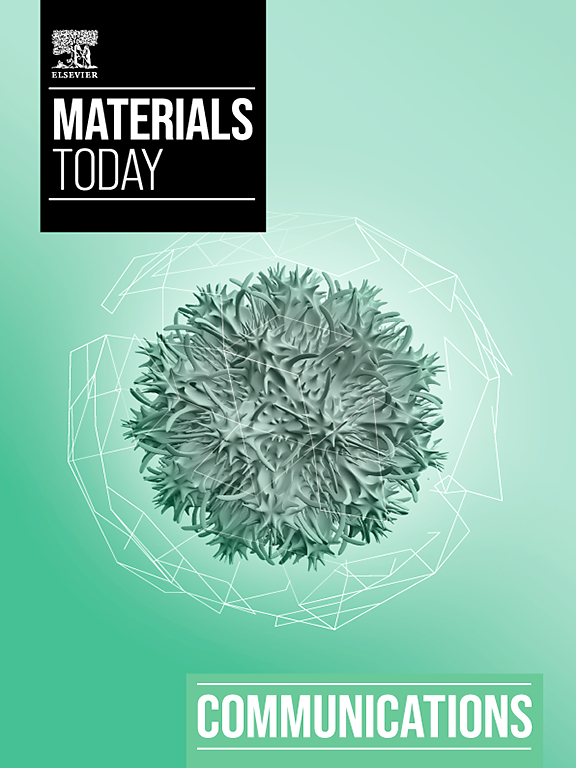扫描策略对 Ti48Al2Cr2Nb 合金激光粉末床熔化过程中的热结构耦合场和开裂行为的影响
IF 4.5
3区 材料科学
Q2 MATERIALS SCIENCE, MULTIDISCIPLINARY
引用次数: 0
摘要
激光粉末床熔化(LPBF)具有复杂的非平衡加工特性,涉及介观动态熔池内极高的温度梯度和冷却速率,给高裂纹敏感性金属材料(如γ-TiAl合金)的成形带来了巨大挑战。本文基于 Ti48Al2Cr2Nb 合金的 LPBF 成形过程,构建了相应的多轨多层热-结构顺序耦合有限元模型,定量研究了四种不同扫描策略对粉末床成形区域温度和应力演化行为的影响,并根据节点流动应力与等效应力的关系建立了裂纹起始准则。研究发现,与非岛式线性扫描策略相比,岛式扫描策略能诱导更高的熔池温度和随之而来的更大的熔池尺寸。此外,岛式扫描策略有利于缓解分割区域内的热应力,但也会导致岛下重叠区域的应力集中。特别是,条形岛扫描策略表现出最低的残余应力和最均匀的应力分布。通过实验测量,条岛扫描策略产生的裂纹密度最低,为 0.33 毫米/毫米。本文章由计算机程序翻译,如有差异,请以英文原文为准。
Effect of scanning strategy on the thermo-structural coupling field and cracking behavior during laser powder bed fusion of Ti48Al2Cr2Nb alloys
Laser powder bed fusion (LPBF) is characterized by complicated non-equilibrium processing characteristics, involving extremely high temperature gradient and cooling rate within the mesoscopic dynamic molten pool, which brings great challenges to the forming of metal materials with high crack sensitivity (such as γ-TiAl alloy). In this paper, based on the LPBF forming process of Ti48Al2Cr2Nb alloy, a corresponding multi-track and multi-layer thermal-structure sequential coupled finite element model was constructed, and the influence of four different scanning strategies on the temperature and stress evolution behavior in the powder bed forming region was quantitatively studied, and the crack initiation criterion was also established according to the relationship between nodal flow stress and equivalent stress. It was found that island scanning strategy could induce the higher molten pool temperature and attendant larger molten pool size compared with the non-island linear scanning strategy. Besides, island scanning strategy was conducive to relieving the thermal stress inside the division region but also inducing the stress concentration in the sub-island overlap region. Specially, the strip island scanning strategy exhibited the lowest residual stress and most homogeneous stress distribution. By the experimental measurements, the strip island scanning strategy contributed to the lowest crack density of 0.33 mm/mm.
求助全文
通过发布文献求助,成功后即可免费获取论文全文。
去求助
来源期刊

Materials Today Communications
Materials Science-General Materials Science
CiteScore
5.20
自引率
5.30%
发文量
1783
审稿时长
51 days
期刊介绍:
Materials Today Communications is a primary research journal covering all areas of materials science. The journal offers the materials community an innovative, efficient and flexible route for the publication of original research which has not found the right home on first submission.
 求助内容:
求助内容: 应助结果提醒方式:
应助结果提醒方式:


